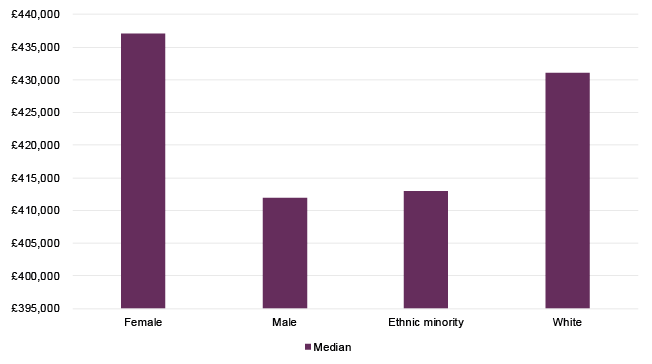Diversity in funding data
Overview
Applications to the NC3Rs response mode funding schemes are made using the Je-S system, where applicants may provide data on protected characteristics when setting up an account. Where this information has been provided by applicants, it has been used in this analysis. Data has been presented on Principal Investigators (PIs), Co-Investigators (Co-Is) and Fellowship (Fellows) applicants and awardees for the calendar year 2019.
For our PhD Studentship scheme, data from the Je-S system is only collected for the Principal Investigator. We also do not routinely gather information on students appointed to our PhD Studentships as this decision is made by the PI and the University and not the NC3Rs.
The data produced includes:
- Proportion of applicants and awardees for research grants, studentships and fellowships
- Award rate (number of awardees as a proportion of number of applicants)
- Award value for Project grant applicants at the Full application stage
Where possible we have also used data from the Higher Education Statistics Agency (HESA) from the 2018/19 academic year to provide further context into the academic community and highlight where our data align or differ. This data was accessed on 30 September 2020.
Percentage of applicants
Age
The largest category of applicants for NC3Rs awards as Co-Is and PIs are those aged between 40 and 49. Applicants aged between 50 and 59 and 30 and 39 are the next largest groups respectively. For Fellows, the largest category of applicants is 30 to 39.
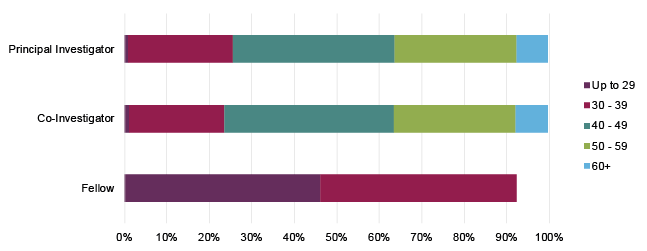
Disability
Disclosed disabilities are reported as between approximately 2% and 4% for PIs and Co-Is. No disabilities were disclosed by applicants for the Training Fellowship scheme. Approximately 5% of the academic community disclose a disability in the HESA data.
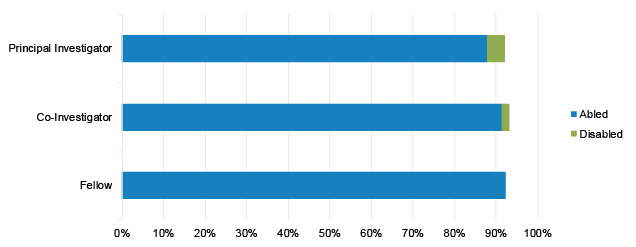
Ethnicity
Ethnic minorities make up approximately 9%, 10% and 46% of applicants for NC3Rs grants as PIs, Co-Is and Fellows respectively. HESA data show that 12% of the academic community are part of an ethnic minority, a similar percentage to the number of applicants to NC3Rs from an ethnic minority.
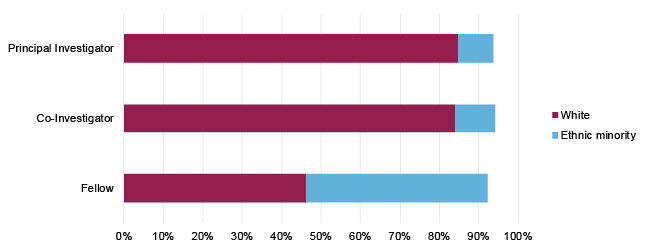
The number of applicants (PIs, Co-Is and Fellows) from ethnic minorities applying for NC3Rs awards has remained relatively constant over the last five years.
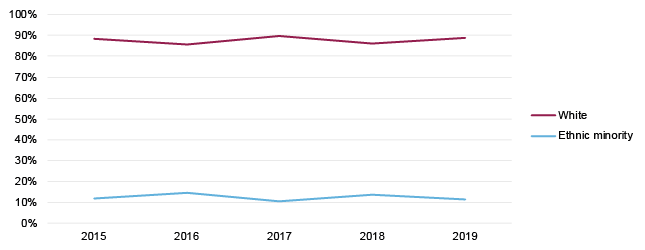
Gender
Applicants identifying as female comprised 34%, 38% and 69% of PIs, Co-Is and Fellows respectively for NC3Rs grants. Approximately 46% of the academic community identify as female according to data from HESA.
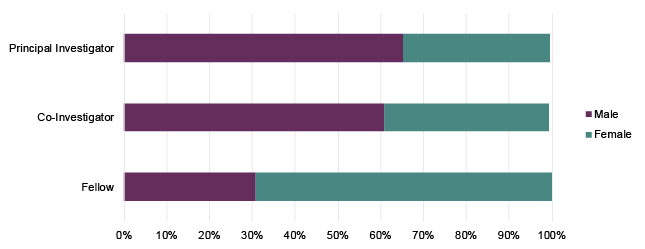
The percentage of female applicants (PIs, Co-Is and Fellows) to the NC3Rs has increased by approximately 6% in the last five years.
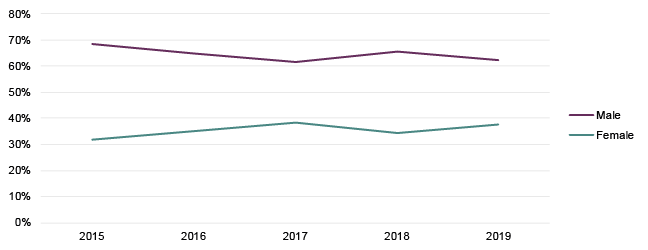
Comparison of award rates
Gender
Applicants identifying as female have higher award rates as Co-Is (6%) and Fellows (44%) but lower award rates than male PIs (-4%).
Ethnicity
The award rates for ethnic minorities applying are lower than white applicants for Co-Is (-1%) and Fellows (-50%), but higher than white applicants for PIs (4%).
There were 13 Fellow applications in 2019 and four awards made which may contribute to the larger percentage difference in this data. However, the discrepancy between the award rates for white applicants and applicants from ethnic minorities for our Training Fellowship scheme highlights the need for investigation.
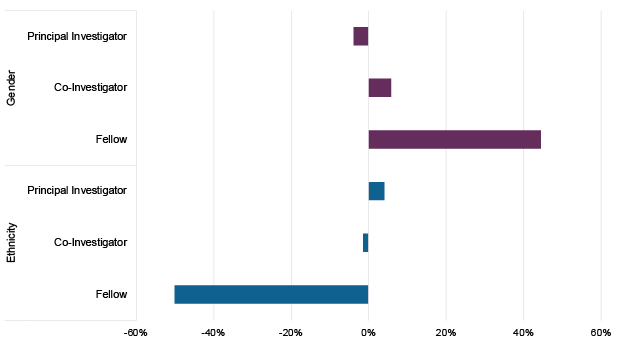
Award values
Gender
Female applicants apply for higher value Project grants than male applicants.
Ethnicity
White applicants for the Project grant scheme apply for higher award values than applicants from an ethnic minority.
